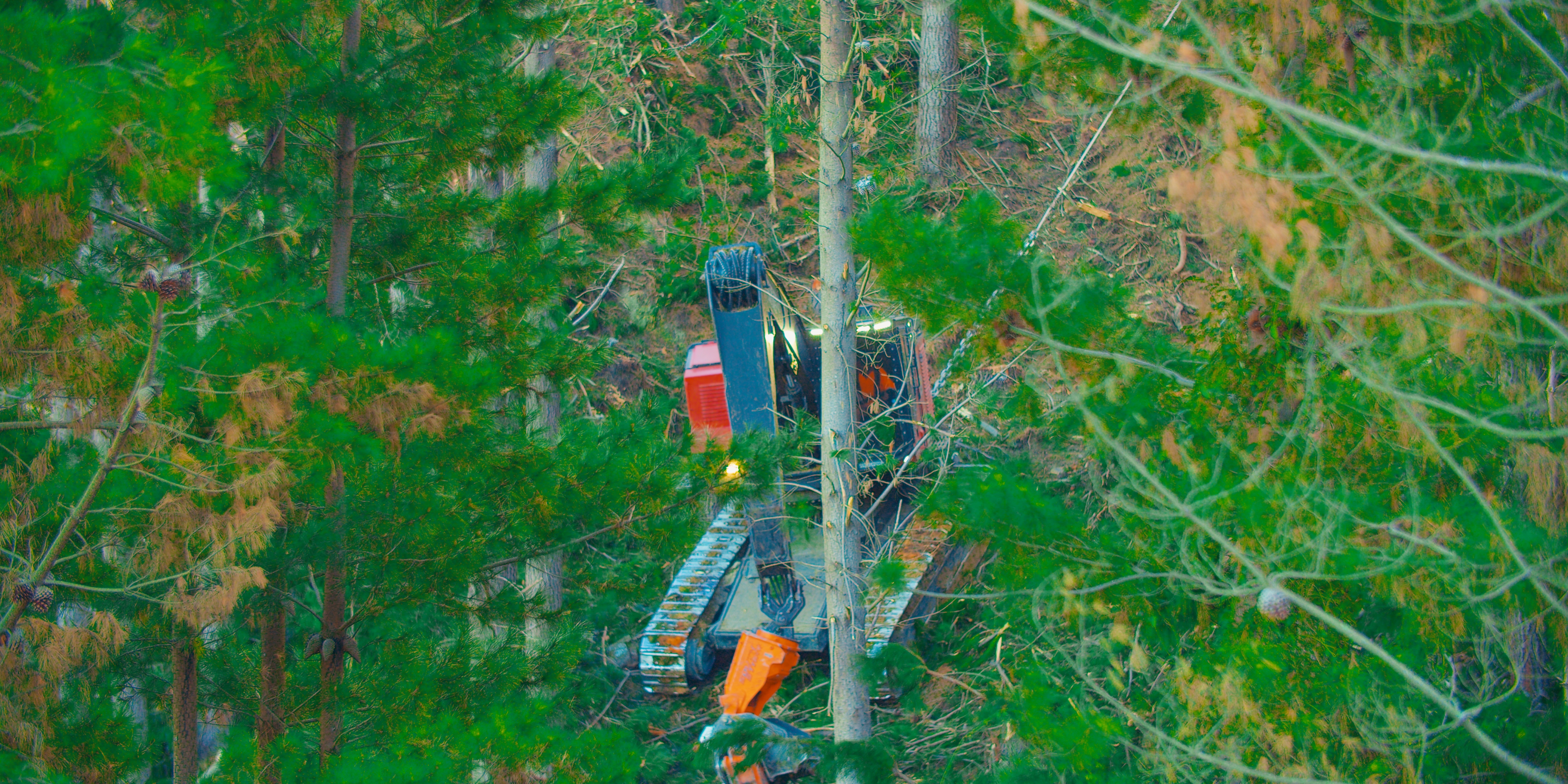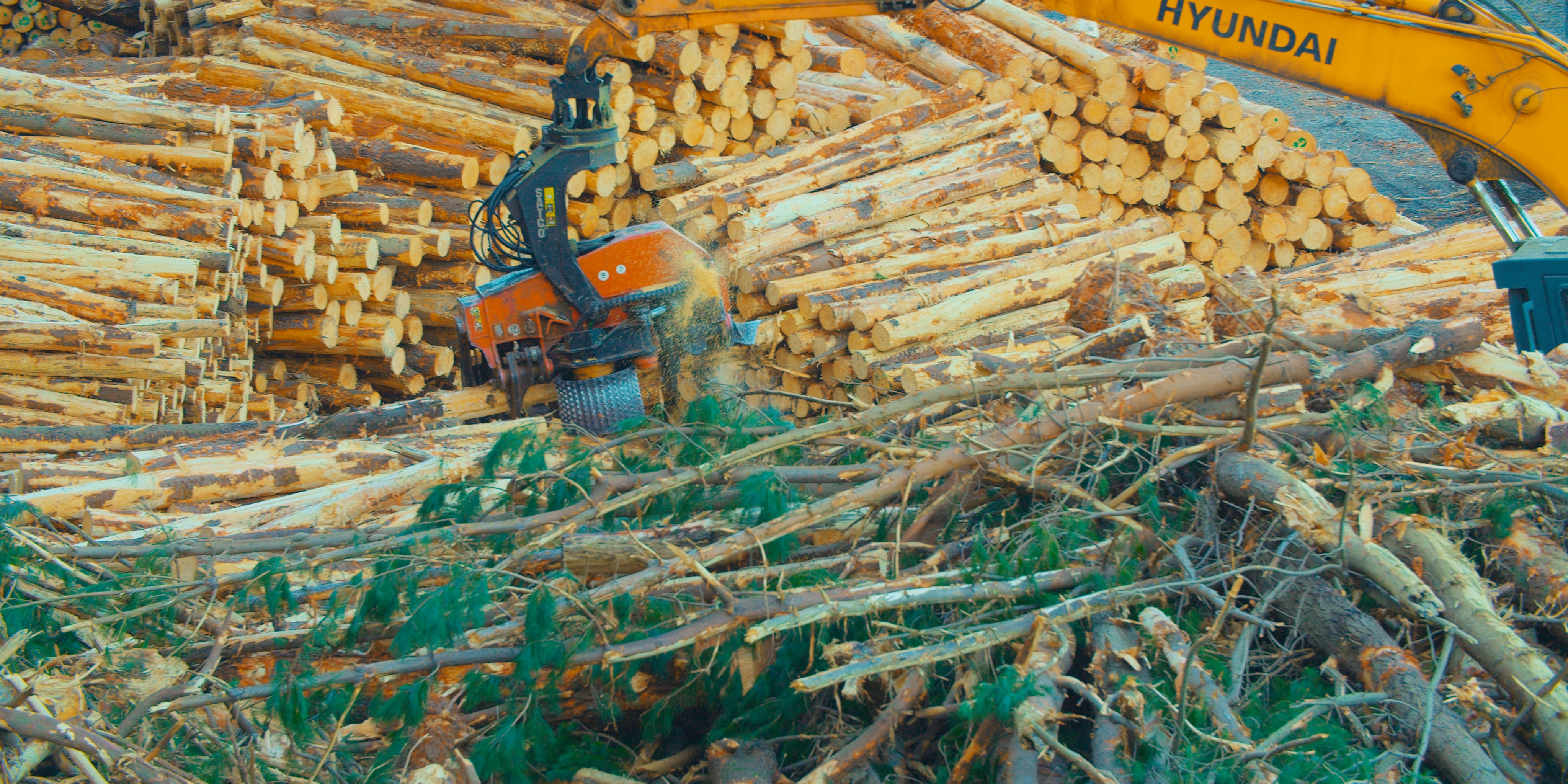Stumpage Sale
A stumpage sale is when a forest owner sells the cutting rights to their trees before they are harvested. The purchaser is buying the right to harvest the trees and is aiming to cut them up and sell them at a profit.

If you have a forest that is 22 years or older, now is the time to turn your attention toward harvesting your trees. We invest in forestry with the aim of achieving a strong return. Choosing the right time to harvest and the best sales methodology are extremely important factors to consider when creating a harvesting and sales plan.
The optimal harvest age will depend upon many factors:
There are two main ways to sell your trees - as a stumpage sale or under a managed harvest. Both options have pros and cons, and which one is right for you will depend on your personal circumstances. Here are some key features of each sale option:
A stumpage sale is when a forest owner sells the cutting rights to their trees before they are harvested. The purchaser is buying the right to harvest the trees and is aiming to cut them up and sell them at a profit.


A managed harvest is where you engage a forest management company to manage the harvesting and marketing of your trees. This management should include all planning and regulatory requirements, engagement of contractors, full financial management, and development of a tailored marketing plan to maximise the profit from your forest.
A managed harvest gives you with the full opportunity to maximise profit from your forest. You can capitalise on market upswings, benefit from any additional log volume or quality as well as any cost savings.
Managed harvests are by far the most common method used by forest owners in New Zealand. However, which sales method is best for you will depend on your personal circumstances, need for cash, and appetite for risk.